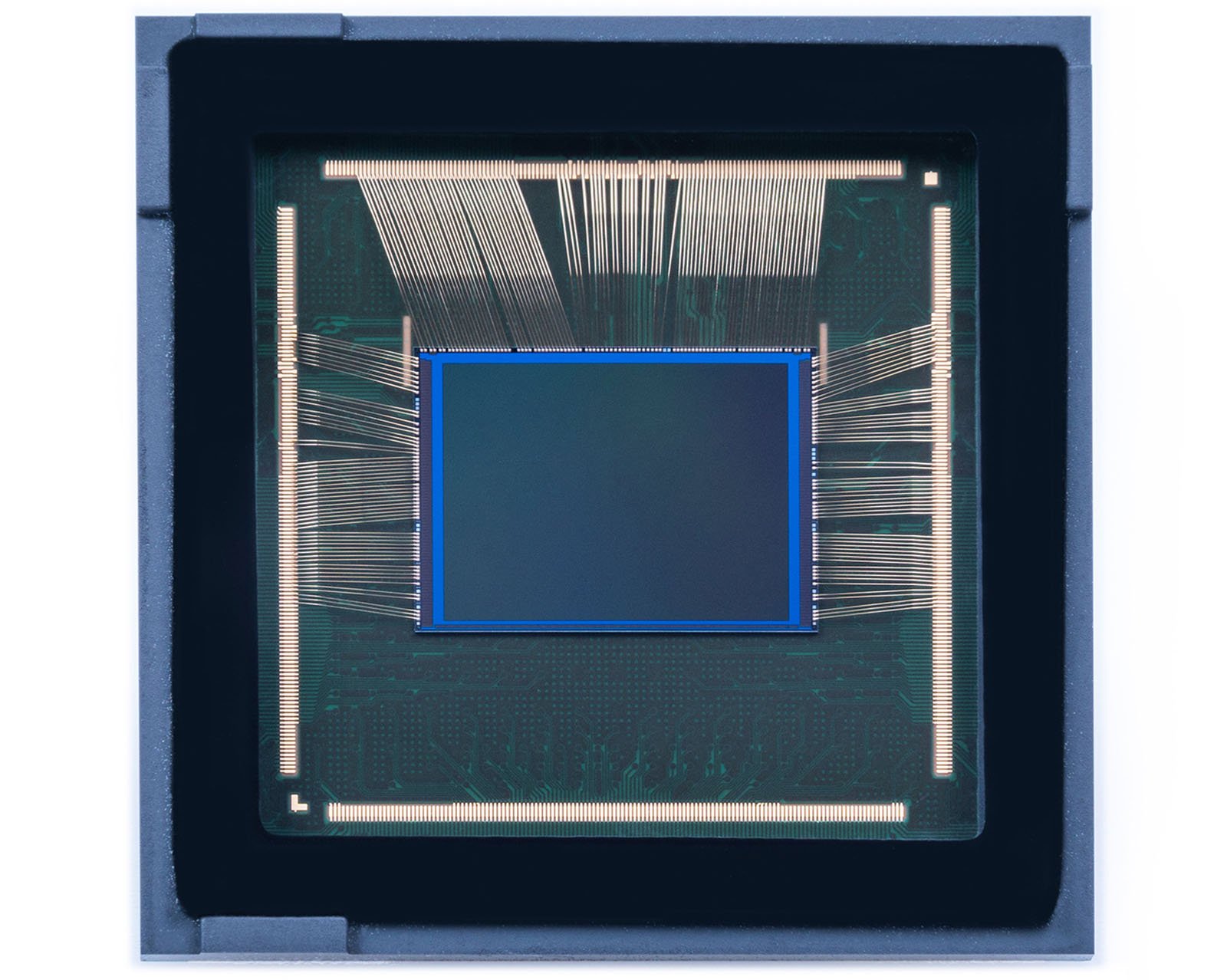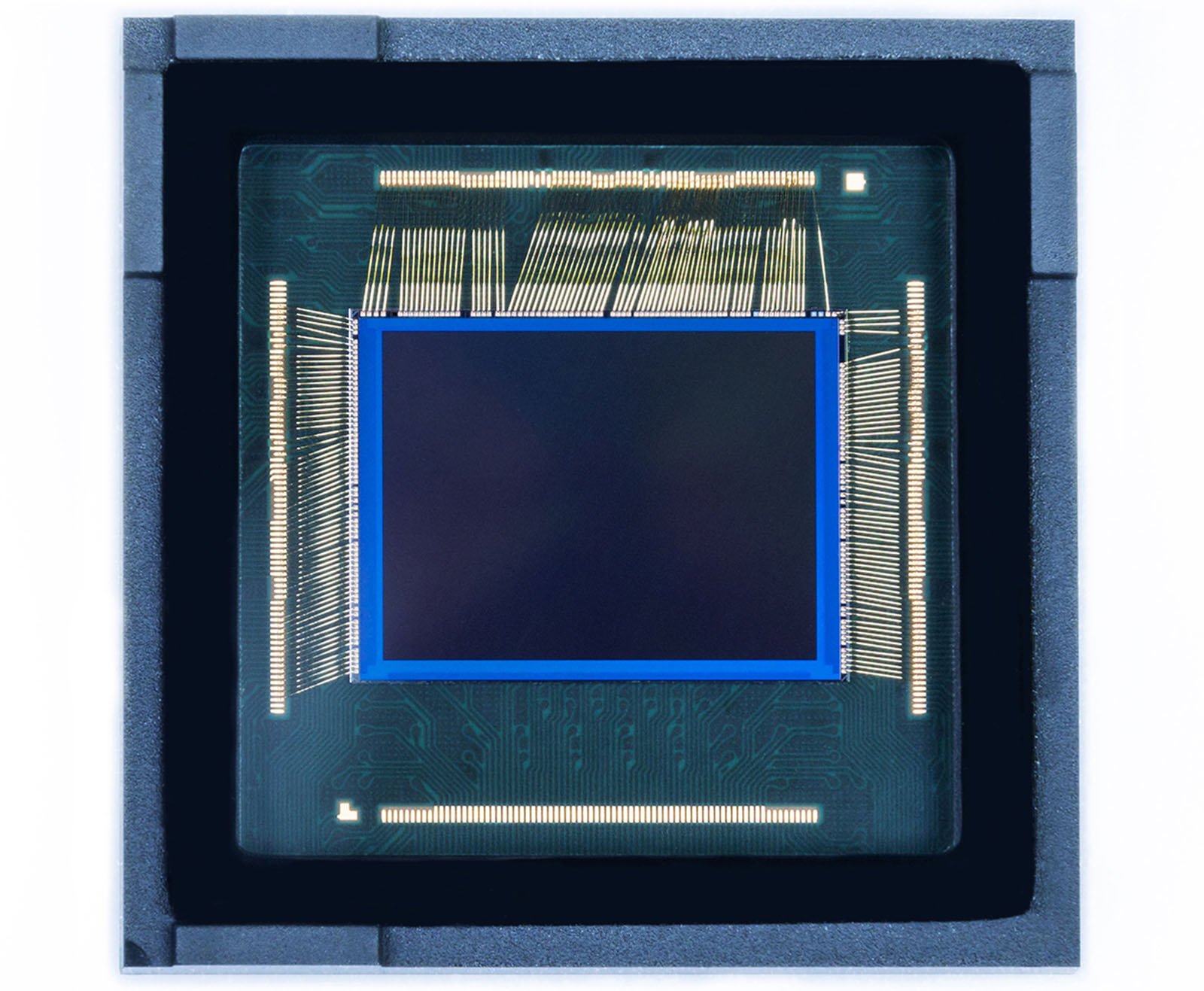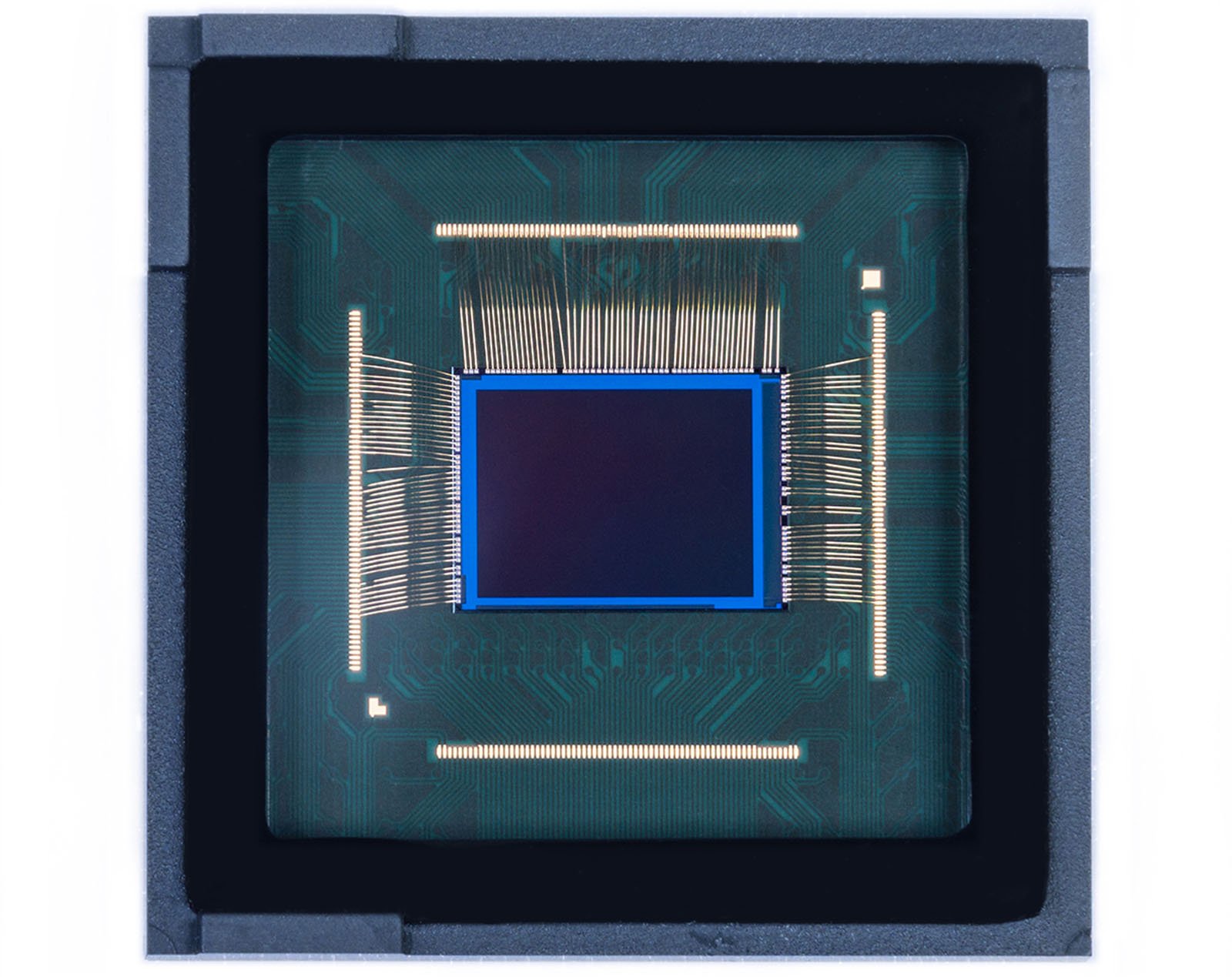![]()
Samsung has announced three new image sensors for main and sub cameras in upcoming smartphones. Among the trio of new chips, Samsung unveiled the world’s first 200-megapixel telephoto camera sensor for mobile devices.
Samsung ISOCELL HP9: 200MP Telephoto Sensor
The ISOCELL HP9, the industry’s first 200MP telephoto sensor for smartphones, features a Type 1/1.4 format and 0.56μm pixel size. Samsung explains that the sensor has a proprietary high-refractive microlens that uses a novel material and significantly improves the sensor’s light-gathering capabilities. This works by more precisely directing light to the corresponding RGB color filter. Samsung claims this results in 12% better light sensitivity (based on signal-to-noise ratio 10) and 10% improved autofocus contrast performance compared to Samsung’s prior telephoto sensor.

“Notably, the HP9 excels in low-light conditions, addressing a common challenge for traditional telephoto cameras. Its Tetra²pixel technology merges 16 pixels (4×4) into a large, 12MP 2.24μm-sized sensor, enabling sharper portrait shots — even in dark settings — and creating dramatic out-of-focus bokeh effects,” the Korean tech giant explains.
When used alongside a new remosaic algorithm, Samsung says its new HP9 sensor offers 2x or 4x in-sensor zoom modes, achieving up to 12x total zoom when paired with a 3x optical zoom telephoto module, “all while maintaining crisp image quality.”
Samsung ISOCELL GNJ: A Versatile 50MP Chip
Next is the ISOCELL GNJ, a dual-pixel 50-megapixel image sensor in Type 1/1.57 format. This sensor sports 1.0μm pixels, and each pixel includes a pair of photodiodes, enabling “fast and accurate autofocus, similar to the way human eyes focus.” The sensor also captures complete color information, which Samsung says helps with focusing and image quality.
The sensor utilizes an in-sensor zoom function, which promises good video quality. It also offers benefits for still photography, as Samsung says the in-sensor zoom function can reduce artifacts and moiré.

Thanks to an improved high-transmittance anti-reflective layer (ARL), plus Samsung’s high-refractive microlenses, the GNJ boasts better light transmission and promises consistent image quality. It also has an upgraded pixel isolation material to minimize the crosstalk between adjacent pixels, resulting in more detailed, accurate photos.
As Samsung notes, these improvements also result in a more power-efficient design. The sensor offers a 29% improvement in live view power efficiency and a 34% reduction in power use when shooting 4K/60p video.
Samsung ISOCELL JN5: Compact 50MP Sensor for Any Smartphone Camera
Rounding out the three new sensors is the ISOCELL JN5, a 50-megapixel Type 1/2.76 sensor with 0.64μm pixels. Because of its slim optical format, the new JN5 sensor can be used across primary and sub-cameras, including ultra-wide, wide, telephoto, and front-facing camera units.
The sensor includes dual vertical transfer gate (Dual VTG) technology to increase charge transfer within pixels, which reduces noise in extremely low-light conditions. It also leverages Super Quad Phase Detection (Super QPD) to rapidly adjust focus when capturing moving subjects.

Yet another fancifully named feature is dual slope gain (DSG), which Samsung says enhances the JN5’s high-dynamic range (HDR) performance. This works by amplifying analog signals (photons) into two signals, converting them into digital data, and combining them. This sounds similar to dual ISO technology, which expands dynamic range by combining low-gain and high-gain data into a single file.
More on the new Samsung Sensors
“Enhancing image sensor performance and bridging the gap between main and sub cameras to offer a consistent photography experience across all angles is the new direction of the industry,” says Jesuk Lee, Executive Vice President and CTO of the System LSI Sensor Business Team at Samsung Electronics. “We will continue to set industry standards and push technological boundaries with our new lineup of mobile sensors that integrate the latest advancements.”
Samsung is among the biggest image sensor manufacturers in the world, just behind Sony. While Sony has a healthy lead over Samsung, capturing more than half of the entire sensor market, Samsung currently claims around 15% market share. Beyond its own Galaxy smartphones, Samsung supplies image sensors to a wide range of other smartphone makers.
Image credits: Samsung
